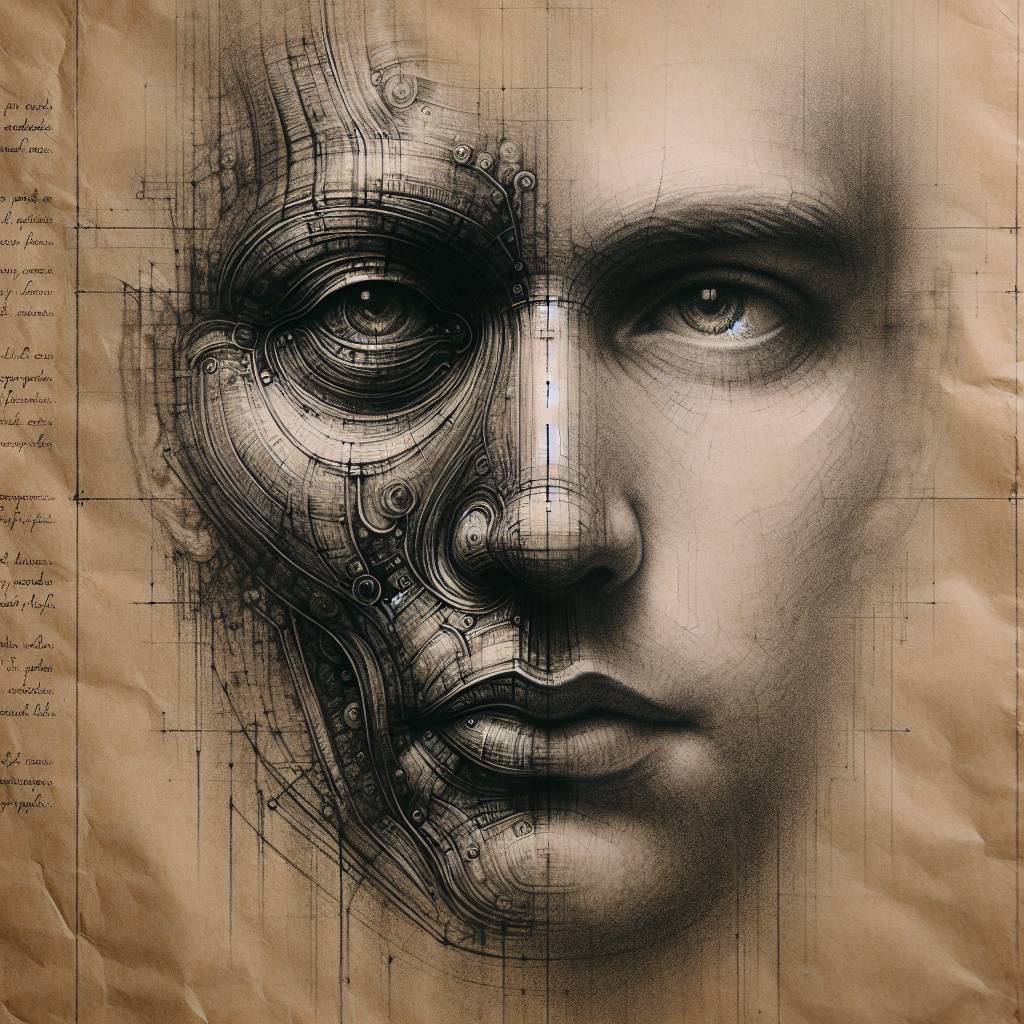Facial Recognition Fails: Why Lab-Perfect AI Stumbles in the Real World
Facial recognition technology boasts near-perfect lab results but trips over real-world hurdles like a toddler learning to walk. With blurred images and limited datasets, its accuracy falters, raising eyebrows and wrongful arrest rates. Oxford academics argue these systems aren’t ready for prime time, suggesting the tech needs a reality check before hitting the streets.

Hot Take:
In the battle of facial recognition versus reality, it seems the real world is throwing a major curveball. Who knew that perfect lab conditions don’t exist on the streets? Facial recognition technology might be the latest tech darling, but when faced with unfiltered human faces, it’s more like a struggling actor in a bad improv show. Let’s just say, it’s less “CSI” and more “Guess Who?” with real-world applications.
Key Points:
- Facial recognition technology’s lab-tested precision doesn’t translate to the messy real world.
- Oxford academics criticize NIST’s benchmarks for not mirroring real-world conditions and demographics.
- Real-world failures include wrongful arrests due to flawed facial recognition.
- UPenn research supports claims that poor image quality affects FRT’s accuracy, especially for marginalized groups.
- Advocacy groups argue for a ban on police use of facial recognition due to its potential for bias and misidentification.
